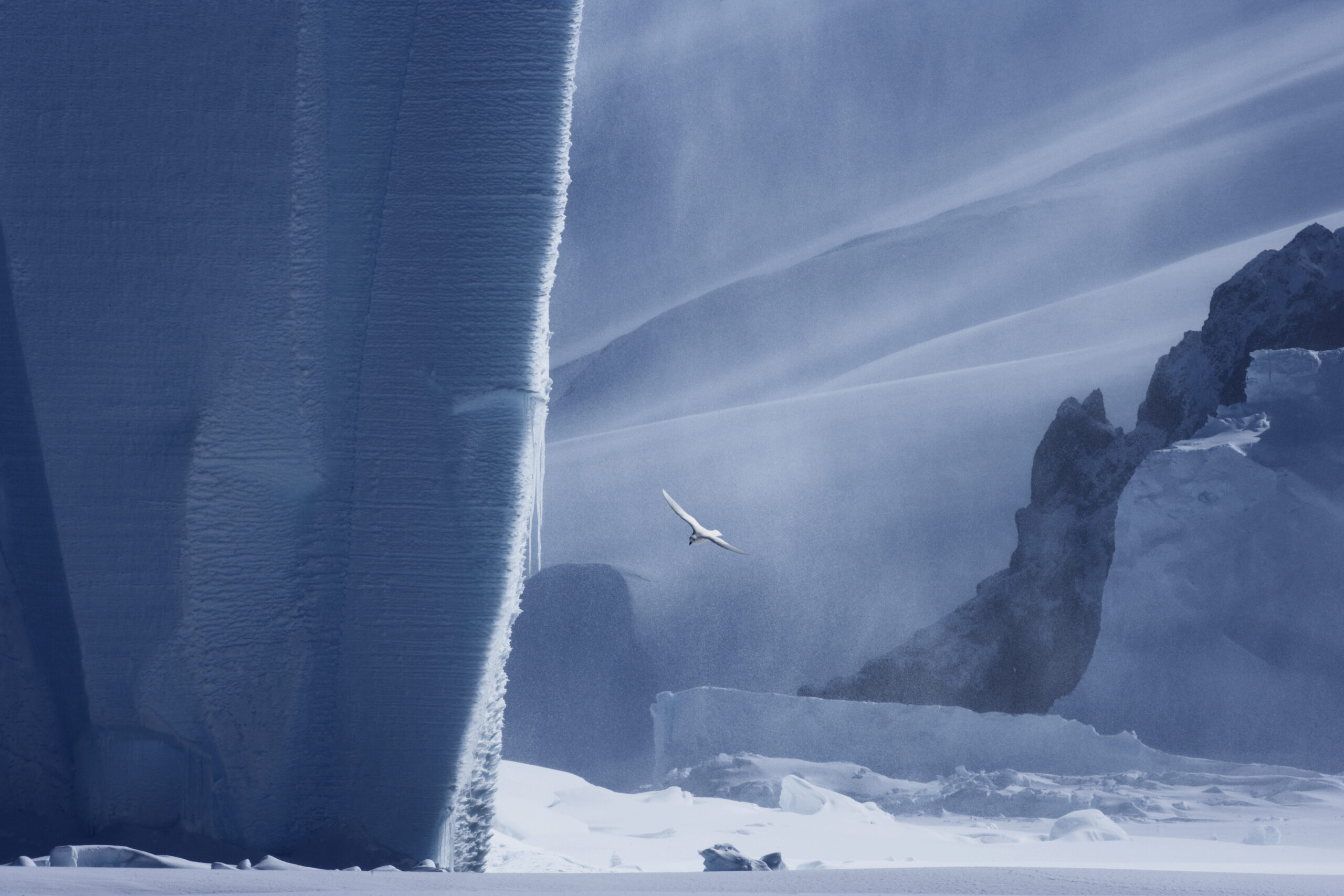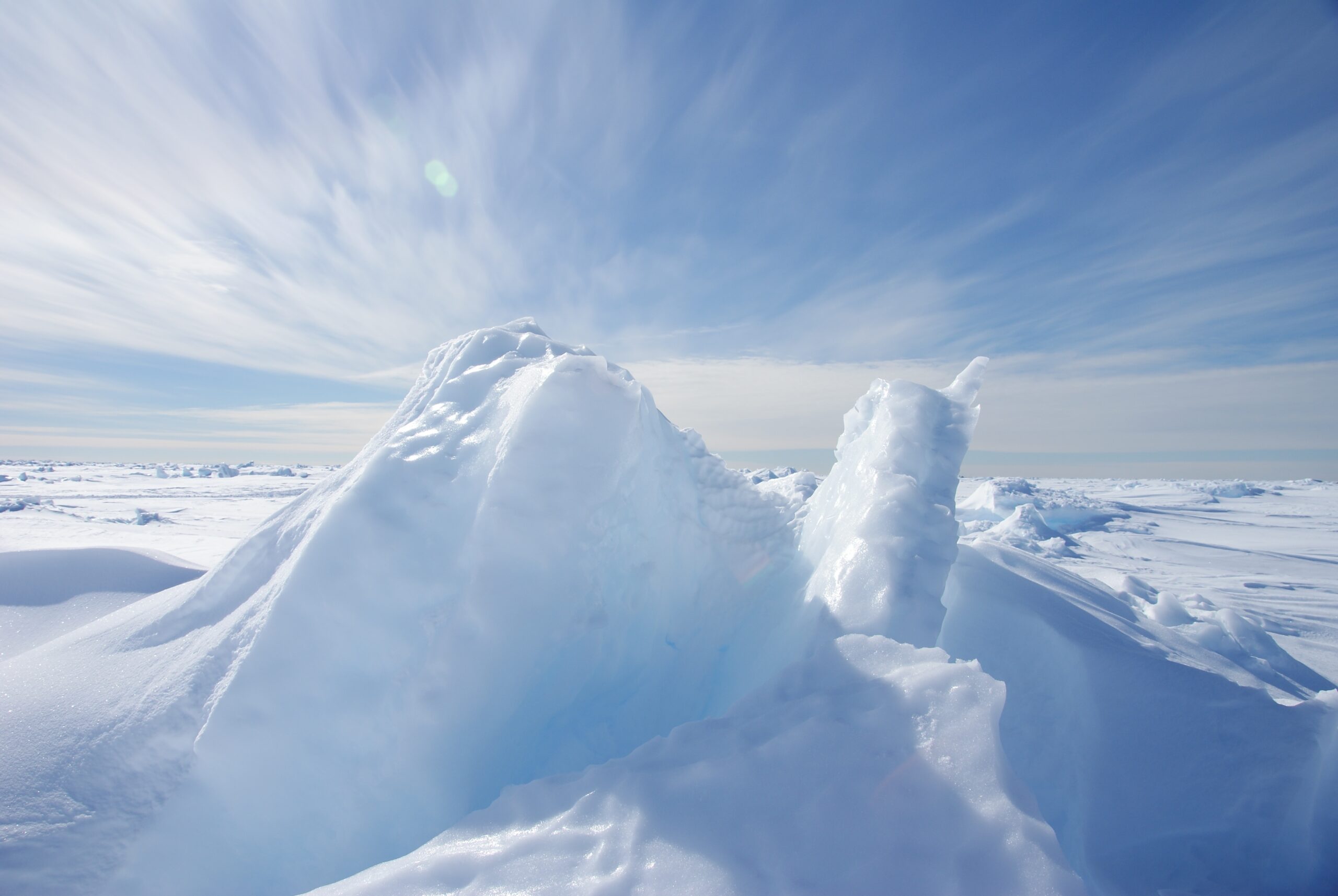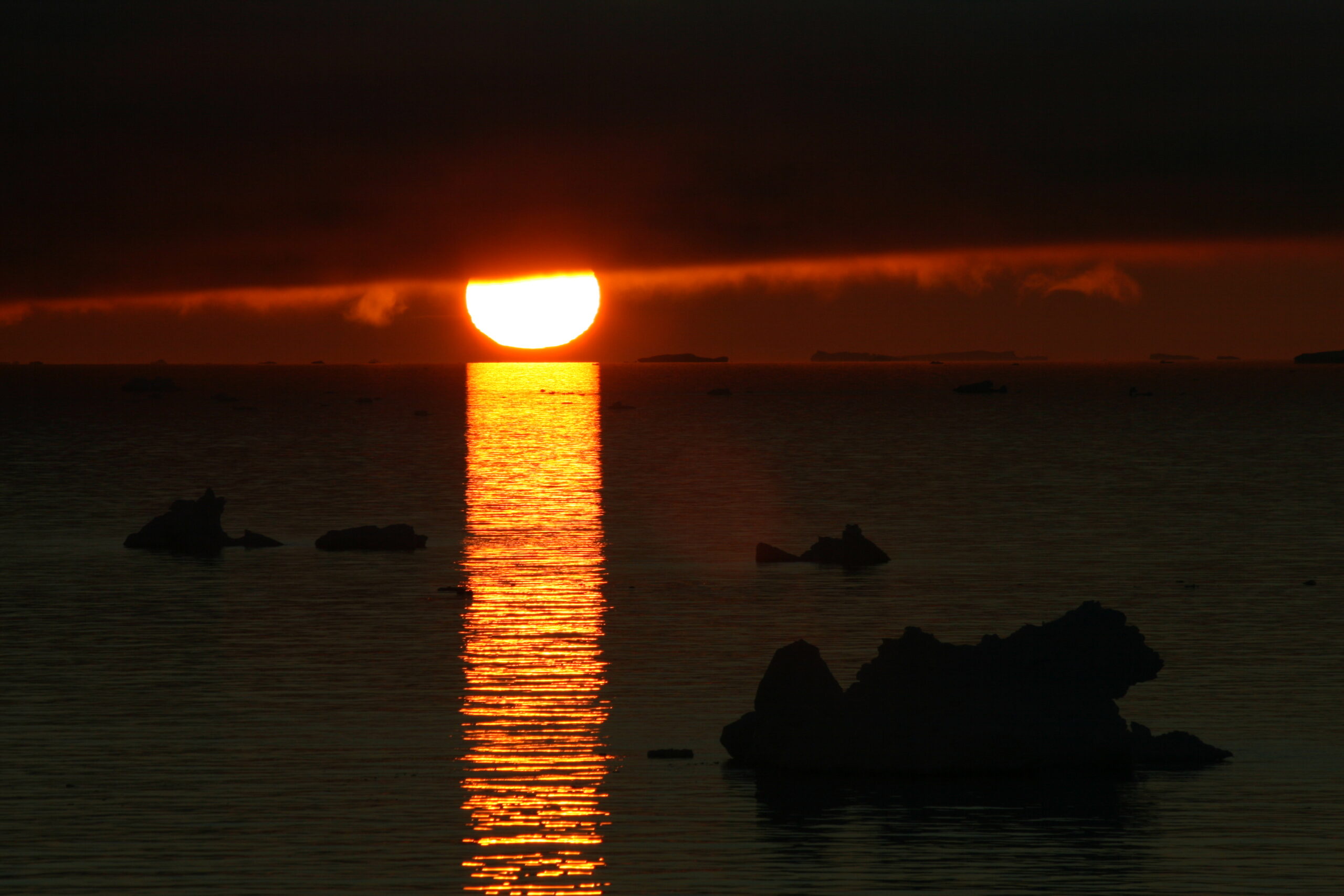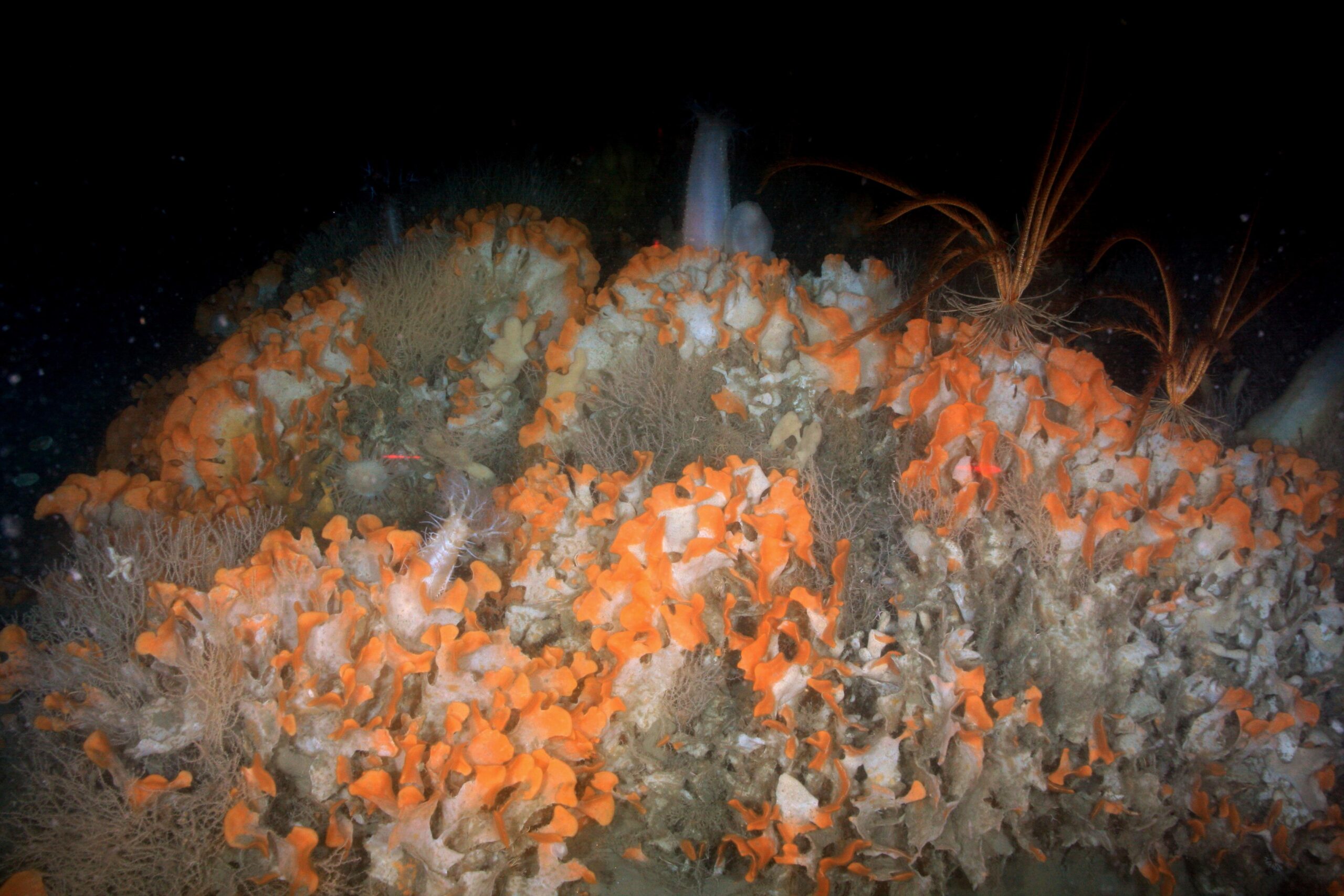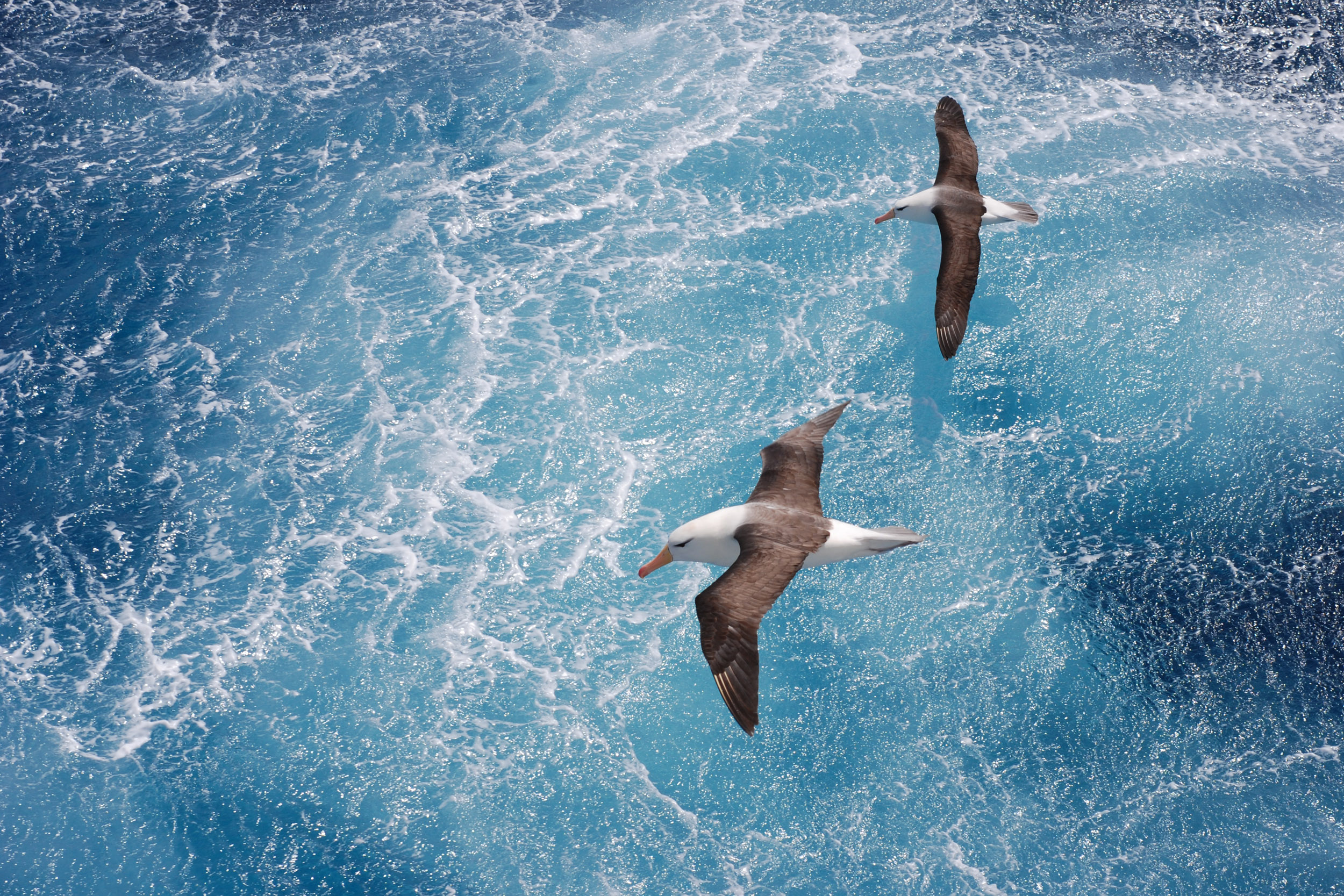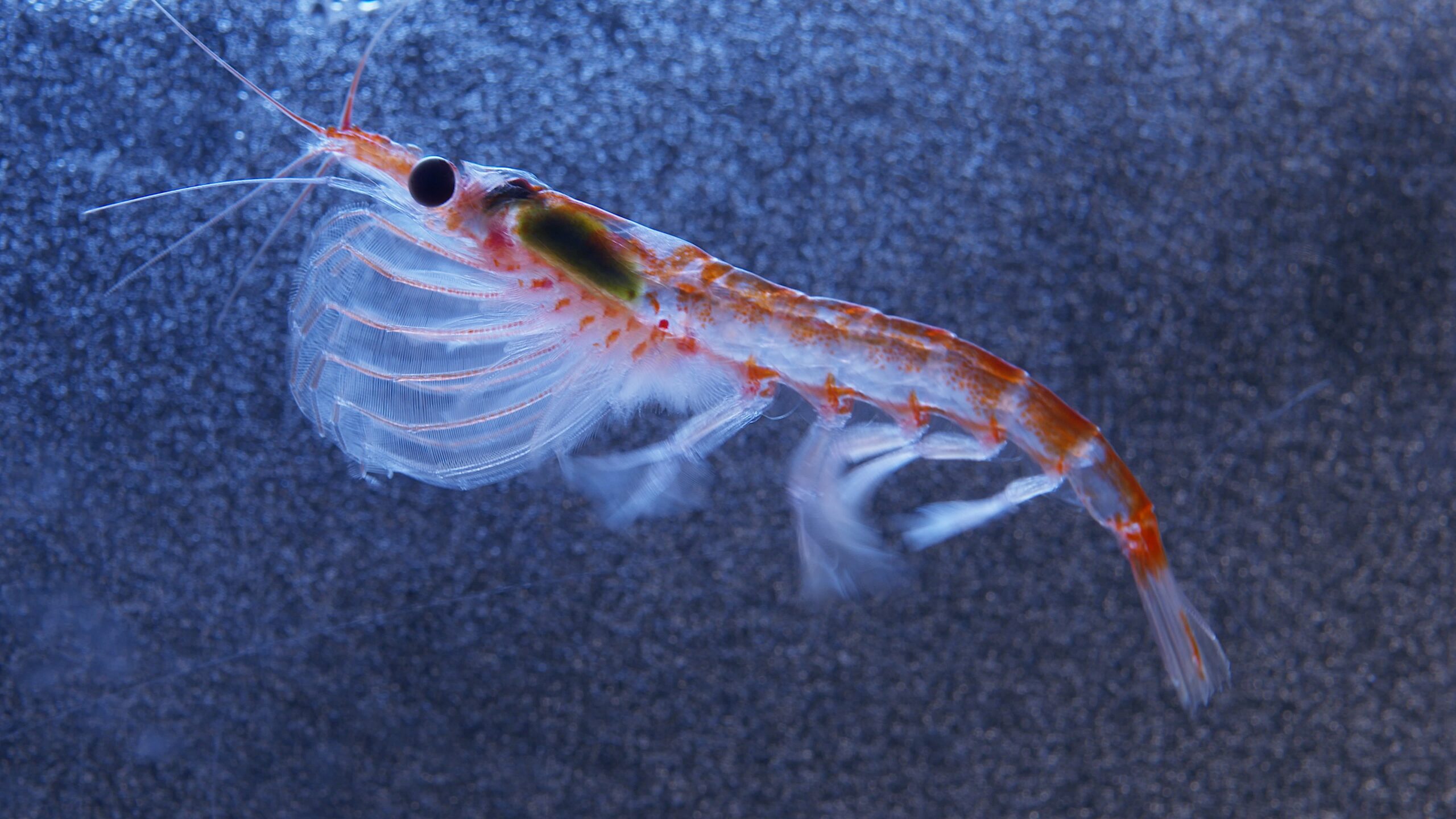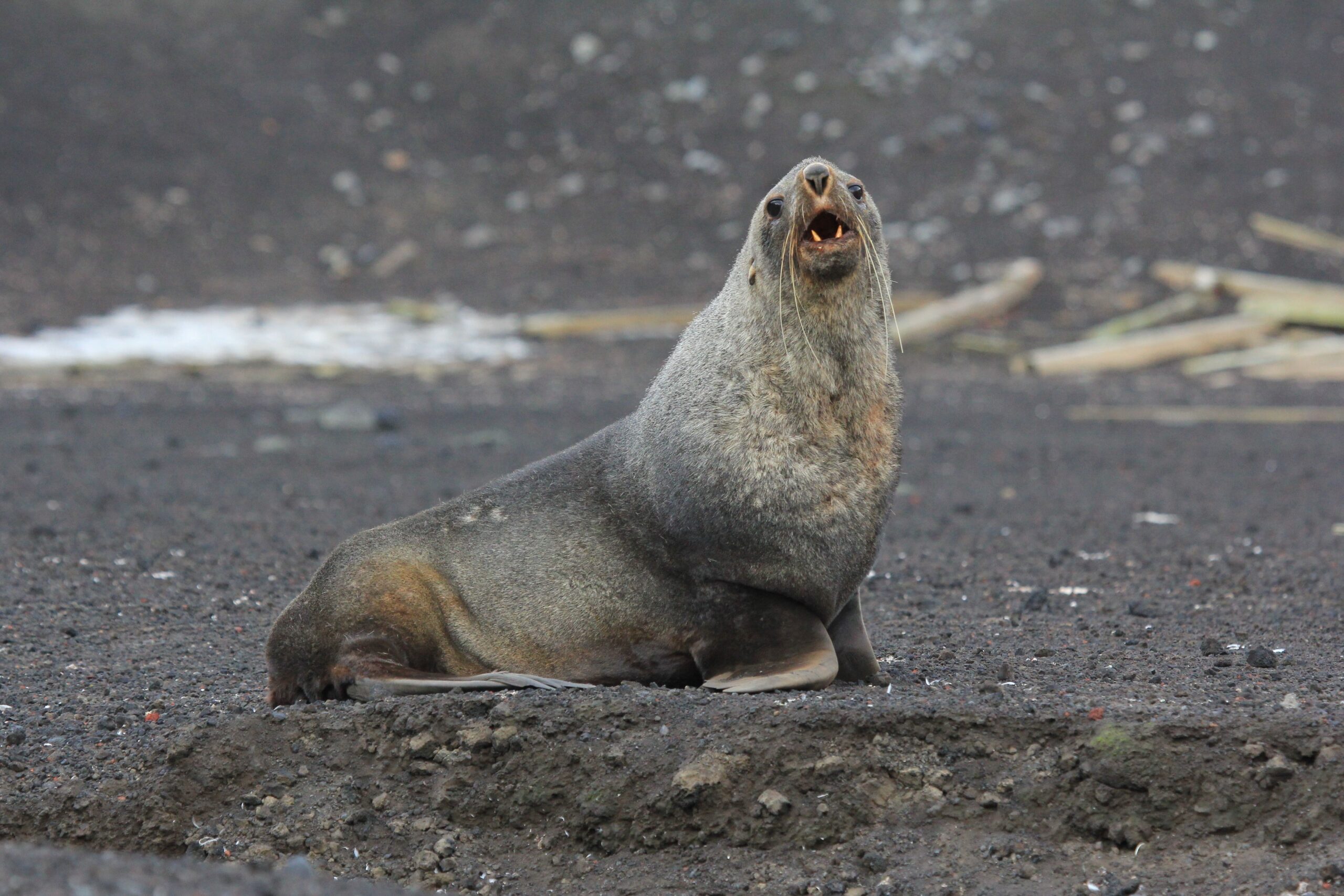A global contribution to conservation and rational use
Photo by Karl Hermann Kock A global contribution to conservation and rational use Over the last 40 years CCAMLR has implemented highly effective, precautionary, ecosystem-based management in the Convention Area. Since 1982, CCAMLR has set global benchmarks for long-term conservation, including the rational use of Antarctic marine living resources. In recognition, CCAMLR was awarded the …

